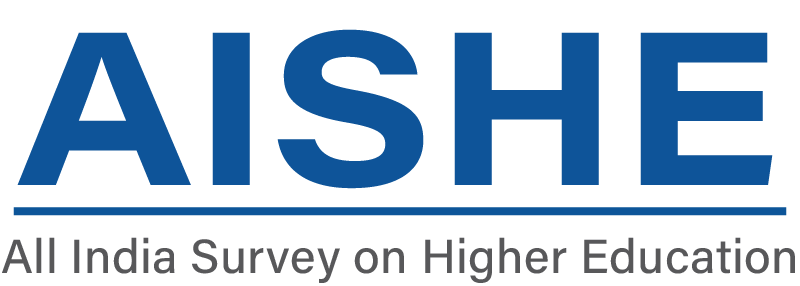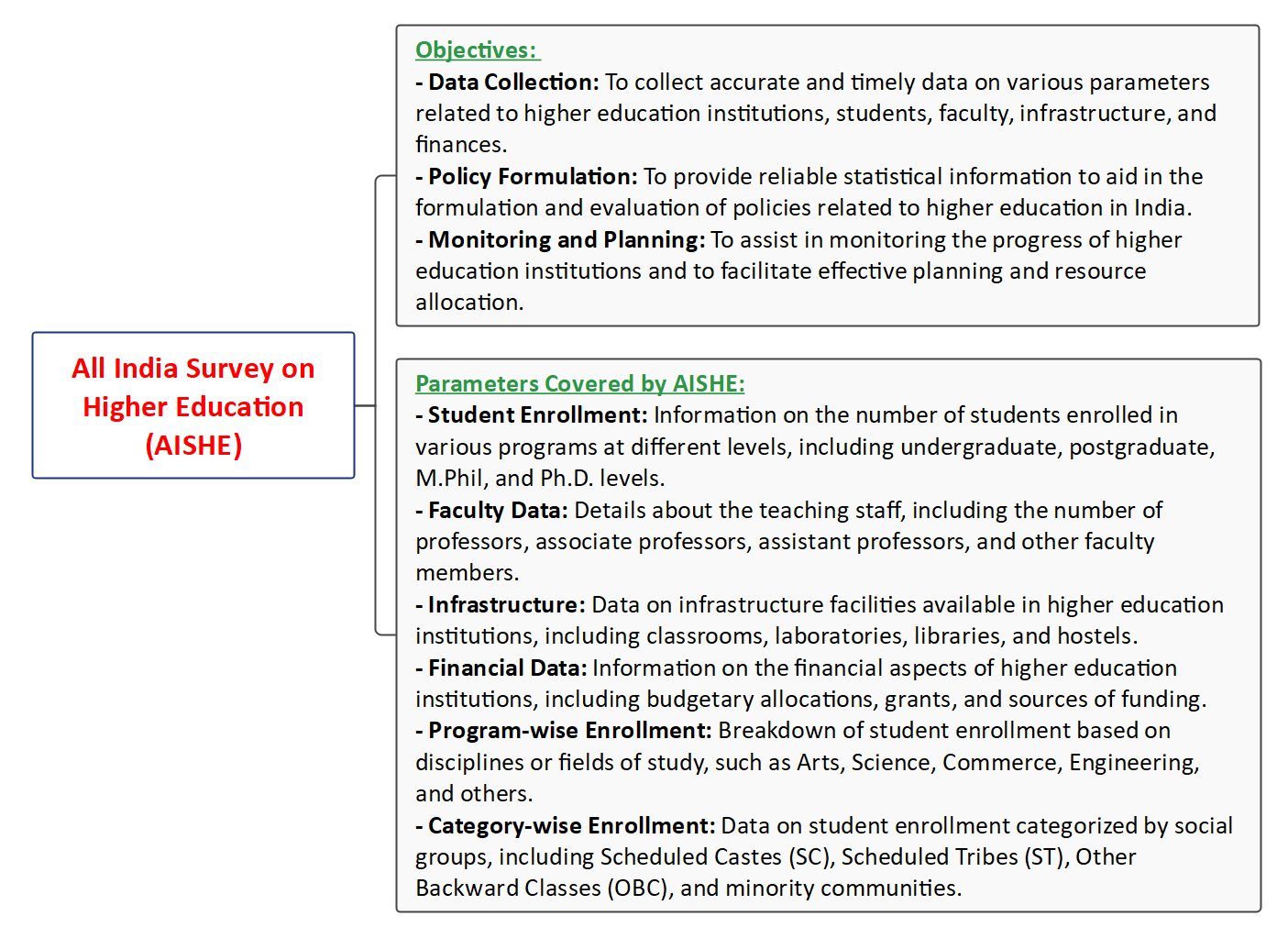Free Courses Sale ends Soon, Get It Now


Free Courses Sale ends Soon, Get It Now



Copyright infringement not intended
Picture Courtesy: aishe.gov.in
Context: The All India Survey on Higher Education (AISHE) 2021-22, released by the Ministry of Education, provides a comprehensive picture of the higher education landscape in India.
Key findings of the All India Survey on Higher Education (AISHE) 2021-22
Enrollment Trends
Discipline and Course Level Enrollment
Institutional and Faculty Trends
Implications and Future Directions
All India Survey on Higher Education (AISHE)

Methodology
Significance
Conclusion
|
PRACTICE QUESTION Q. How can the Indian education system cultivate a culture of innovation, questioning, and critical thinking within its classrooms, encouraging students to challenge assumptions, think independently, and become lifelong learners, rather than rote learners focused on passing exams? |
© 2024 iasgyan. All right reserved